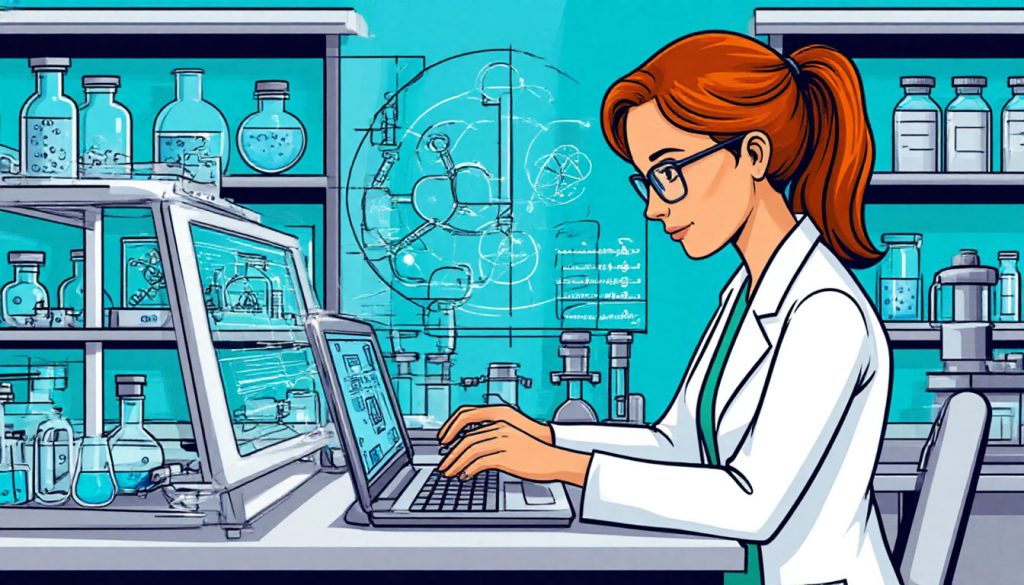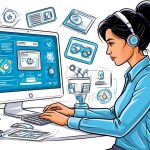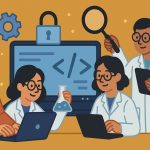Digital twins are virtual replicas of physical objects, systems, or processes that allow real-time monitoring, simulation, and optimization. They combine sensor data, 3D modeling, and artificial intelligence to create a digital counterpart that behaves like the real thing.
How Digital Twins Work
A digital twin is created by integrating data from physical assets through sensors, IoT devices, and other data sources. This information is processed using modeling software and machine learning to produce a dynamic model that updates continuously as conditions change in the real world.
Applications in Industry
- Manufacturing – Predicting equipment failures, optimizing production lines, and reducing downtime.
- Energy – Managing wind turbines, power grids, and nuclear plants for efficiency and safety.
- Healthcare – Creating patient-specific models for personalized treatment planning.
- Construction – Monitoring building performance, predicting maintenance needs, and improving designs.
- Aerospace – Simulating aircraft performance under various conditions without costly physical tests.
Benefits of Digital Twins
- Real-time monitoring – Immediate detection of issues.
- Predictive maintenance – Reduces repair costs and prevents breakdowns.
- Optimization – Enhances performance and resource use.
- Cost savings – Minimizes the need for physical prototypes.
Challenges
Implementing digital twins requires advanced infrastructure, secure data transmission, and accurate modeling. Data privacy and cybersecurity are also critical concerns, especially in healthcare and defense applications.
The Future of Digital Twins
With advances in AI, cloud computing, and 5G, digital twins will become more powerful and widespread. They may one day integrate with augmented reality (AR) and virtual reality (VR) to allow immersive interaction with complex systems, making them a core tool in smart cities, autonomous vehicles, and space exploration.
Glossary
- IoT (Internet of Things) – A network of physical devices connected to the internet that collect and share data.
- Predictive maintenance – Using data and analytics to anticipate and prevent equipment failures.
- Cloud computing – Using remote servers to store, manage, and process data online.
- Simulation – The imitation of a real-world process or system for testing and analysis.
- Smart city – An urban area that uses technology to improve services and quality of life.


